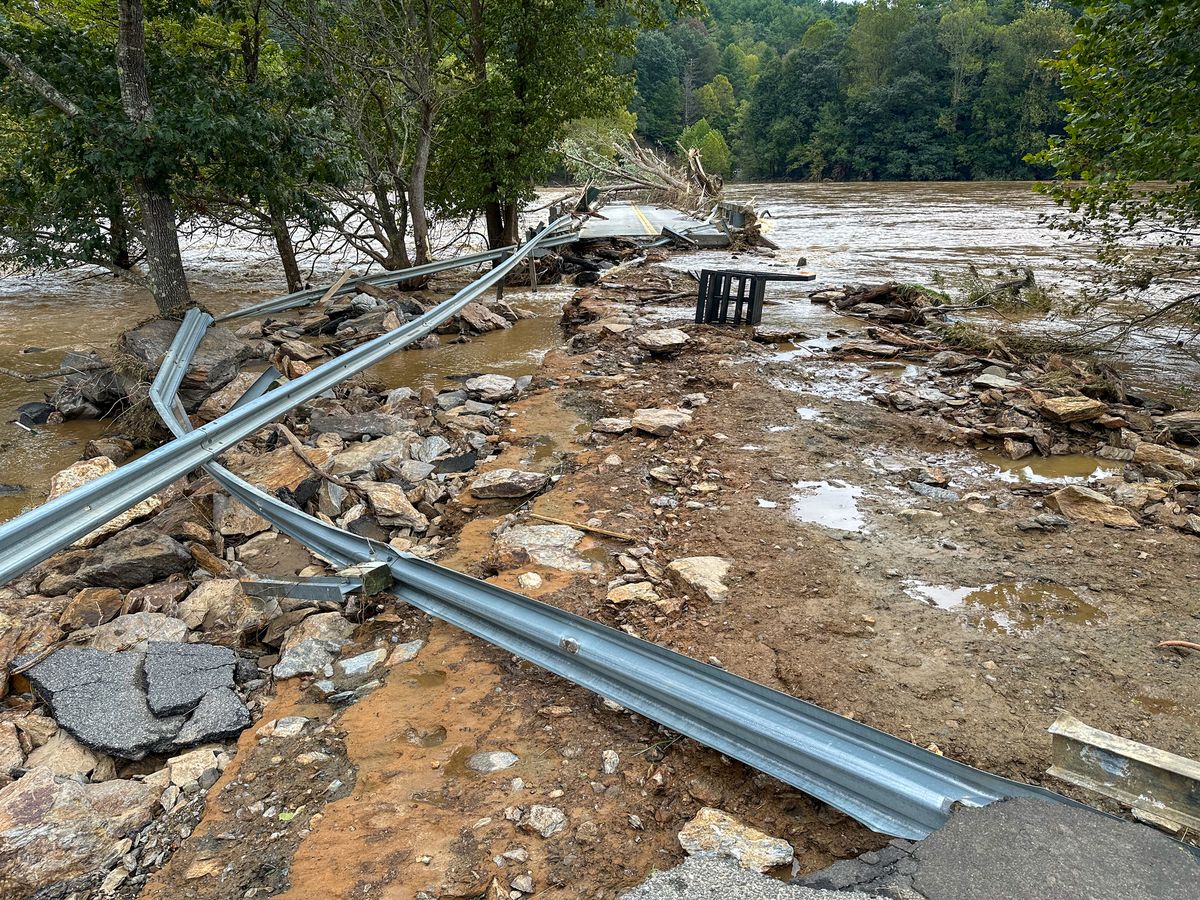
Supply: Getty Photographs
New, alarming monetary dangers for homebuyers who’re unaware of property flood histories has pushed a number of states to implement new disclosure legal guidelines, serving to defend shoppers from surprising prices after buying flood-prone properties, in accordance with new analysis from Milliman.
Atmospheric circumstances are intensifying flood dangers throughout the U.S., with extreme storms and rain occasions changing into extra devastating and frequent. Regardless of this escalating risk, a major regulatory hole has continued: many states haven’t required dwelling sellers to reveal earlier flooding to potential patrons.
This omission creates a harmful situation the place unsuspecting homebuyers make investments their financial savings in properties with undisclosed flood histories.
As Joel Scata, senior lawyer within the local weather adaptation division on the Pure Sources Protection Council (NRDC), explains, “If a purchaser doesn’t know the home is flood-prone, they don’t know they should purchase flood insurance coverage. They don’t know they should mitigate that threat, and that they could possibly be in a extremely unhealthy state of affairs when the subsequent flood occurs.”
The problem grew to become unimaginable to disregard in 2018 when Hurricane Florence inundated greater than 74,000 buildings in North Carolina. At the moment, sellers weren’t required to tell patrons about earlier flooding, that means hurricane-damaged properties could possibly be cleaned up and bought with out disclosure of this vital historical past. Since properties which have flooded as soon as are more likely to flood once more, this lack of transparency created important monetary vulnerability for brand spanking new owners, in accordance with Milliman.
Quantifying the Monetary Affect
To drive coverage change, NRDC wanted exhausting knowledge quantifying the monetary dangers to homebuyers. They partnered with Milliman, the place Larry Baeder, a senior knowledge scientist, co-authored a research titled, “Estimating undisclosed flood threat in actual property transactions.”
Utilizing disaster fashions, proprietary datasets, actual property transaction knowledge, historic flood occasions and demographic patterns, Baeder analyzed the affect in three states with low marks on NRDC’s Flood Threat Disclosure Legal guidelines Scorecard: North Carolina, New York and New Jersey.
The findings revealed staggering monetary disparities. In North Carolina, a house with out flood historical past may face a median annual loss (AAL) of about $60. In distinction, a flood-prone property’s AAL jumped to roughly $1,200 — 20 occasions larger — and will exceed $2,000 primarily based on future flood projections. Over 15 years, beforehand flooded North Carolina properties may require greater than $18,000 in repairs.
The numbers had been much more regarding within the Northeast. In New York, flood historical past might improve a property’s AAL from about $100 to $3,000. A beforehand flooded New Jersey dwelling may incur $25,000 in damages over a 15-year interval.
“These are huge numbers, they usually’re a scary actuality that persons are going to need to take care of,” Baeder famous. “If a homebuyer is taking up this threat, they need to pay attention to the chance.” Milliman’s analysis additionally discovered that greater than 6% of all properties bought throughout these three states in 2021 had a report of flooding—with no requirement to warn new house owners about this historical past.
Knowledge-Pushed Legislative Change
Armed with Milliman’s evaluation, NRDC approached lawmakers with compelling proof of the issue’s scale and affect.
“Earlier than the report, I believe legislators knew that folks struggled to rebuild after a flood,” Scata mentioned, “however I don’t assume they realized simply how a lot it prices a home-owner. These numbers helped lawmakers see this was an enormous downside, that their constituents had been struggling, and that they need to do one thing about it.”
The information-driven strategy proved efficient. In 2023, New Jersey started legally requiring sellers to reveal a property’s flood historical past. North Carolina and New York quickly adopted, with New York enacting disclosure necessities on the finish of 2023 and North Carolina amending obligatory varieties in 2024.
The affect prolonged past these three states. 4 extra states — Florida, Maine, New Hampshire and Vermont — independently adopted disclosure necessities in 2024 after recognizing the necessity demonstrated elsewhere.
“The legal guidelines present the ability of information,” Scata famous. “Having Milliman do that work was actually essential for exhibiting the precise impacts of flood harm on owners and effecting change by way of the legislatures.”
The momentum continues as Baeder now leads a follow-up research for NRDC increasing the analysis to 25 extra states with inadequate disclosure legal guidelines. Scata hopes to finally see robust disclosure necessities nationwide, offering all homebuyers and renters with perception into their flood threat.
“If we’re going to inform folks about lead-based paint,” Scata concludes, referring to different widespread actual property disclosures, “if we’re going to inform folks about asbestos, we must always most likely inform folks about flooding, as a result of flooding has such an affect on somebody’s funds and well being.”
View the Milliman report right here.
